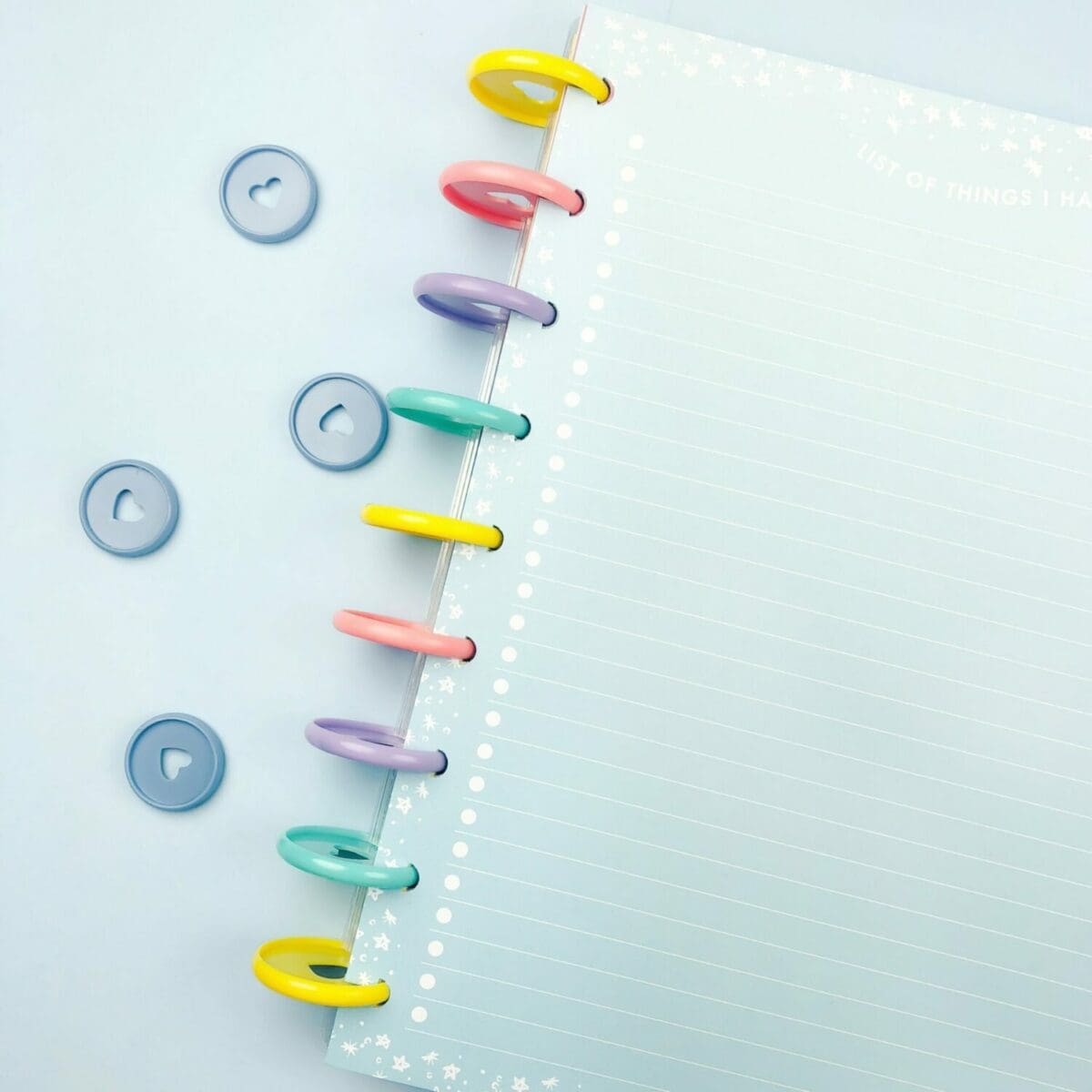
Productive Anxiety
April 8, 2019 in Be Positive
Having anxiety can mean that completing even the simplest task seems impossible. Even simple tasks like opening up that initial tab to start researching for a paper or just taking a deep breath can be terrifying, because taking that first step forward to begin something you’ve been dreading can be so intimidating.
 The feelings associated with anxiety and during an anxiety attack – rapid heart beats, being on edge, having trouble concentrating on anything – can take over the actual task at hand making it seem like you’re never going to get those things done. It doesn’t help either that those who have Type A and perfectionist traits are likely to have some form of anxiety, and can get so stressed about doing something exactly perfect that they can get too anxious to even start. This can also make them even more anxious because of the guilt they have for not working.
The feelings associated with anxiety and during an anxiety attack – rapid heart beats, being on edge, having trouble concentrating on anything – can take over the actual task at hand making it seem like you’re never going to get those things done. It doesn’t help either that those who have Type A and perfectionist traits are likely to have some form of anxiety, and can get so stressed about doing something exactly perfect that they can get too anxious to even start. This can also make them even more anxious because of the guilt they have for not working.
Despite all of this, if you have anxiety, you can still accomplish the things you want and have to, despite these overwhelming feelings. One good tool is to organize yourself: writing down exactly what needs to be done and the steps you need to get there can put things in perspective, and for all you know, it’s likely that there’s even less that you have to do than you thought!
You can also try “anxious reappraisal.” Anxiety and excitement are both arousing emotions, making your heart beat faster and gets your  adrenaline pumping. However, where excitement is a fun feeling, anxiety…isn’t so much. Anxious reappraisal reframes the negative feelings about a task by having you say that you’re excited out loud. Those who repeated “I’m excited” before doing a task came across as more confident and calmer compared to those who said “I’m anxious” before doing the same thing. The people who said “I’m excited” were still nervous, but saying the sentence out loud reframes the activity as something to look forward to.
adrenaline pumping. However, where excitement is a fun feeling, anxiety…isn’t so much. Anxious reappraisal reframes the negative feelings about a task by having you say that you’re excited out loud. Those who repeated “I’m excited” before doing a task came across as more confident and calmer compared to those who said “I’m anxious” before doing the same thing. The people who said “I’m excited” were still nervous, but saying the sentence out loud reframes the activity as something to look forward to.
Other ways to make your anxiety productive can include thinking of the good things that doing the task will accomplish, finding a mantra to motivate you and repeat when you feel your anxiety spike, and even hiding your phone. Your anxiety may not just be about your assignment, but could also be tied to expecting a notification or missing something online, and putting your phone away can help you focus more on your assignment and focus less on potential distractions.
Trying to get started on any task is difficult, especially when it’s one that you consider to be important and want to do well on. There’s no perfect way to go about combating that anxiety, but these are some tips you can try to help with that first step.
Do you have any tips about how to get started on an important assignment when you have anxiety? How can you get excited about things that stress you out?

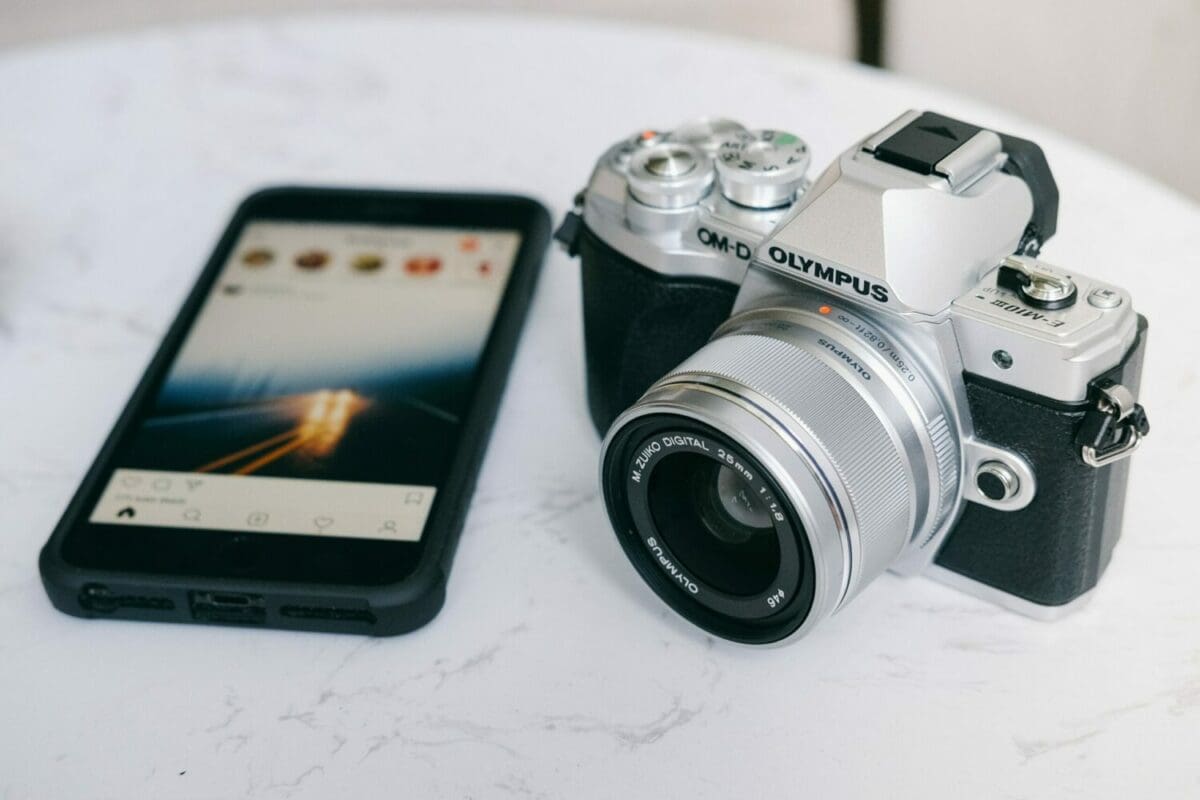














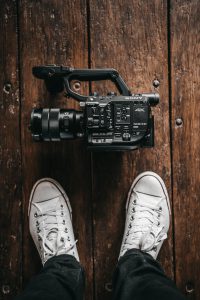

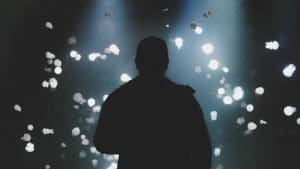



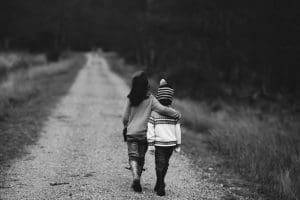








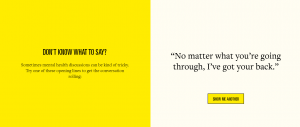

Recent Comments